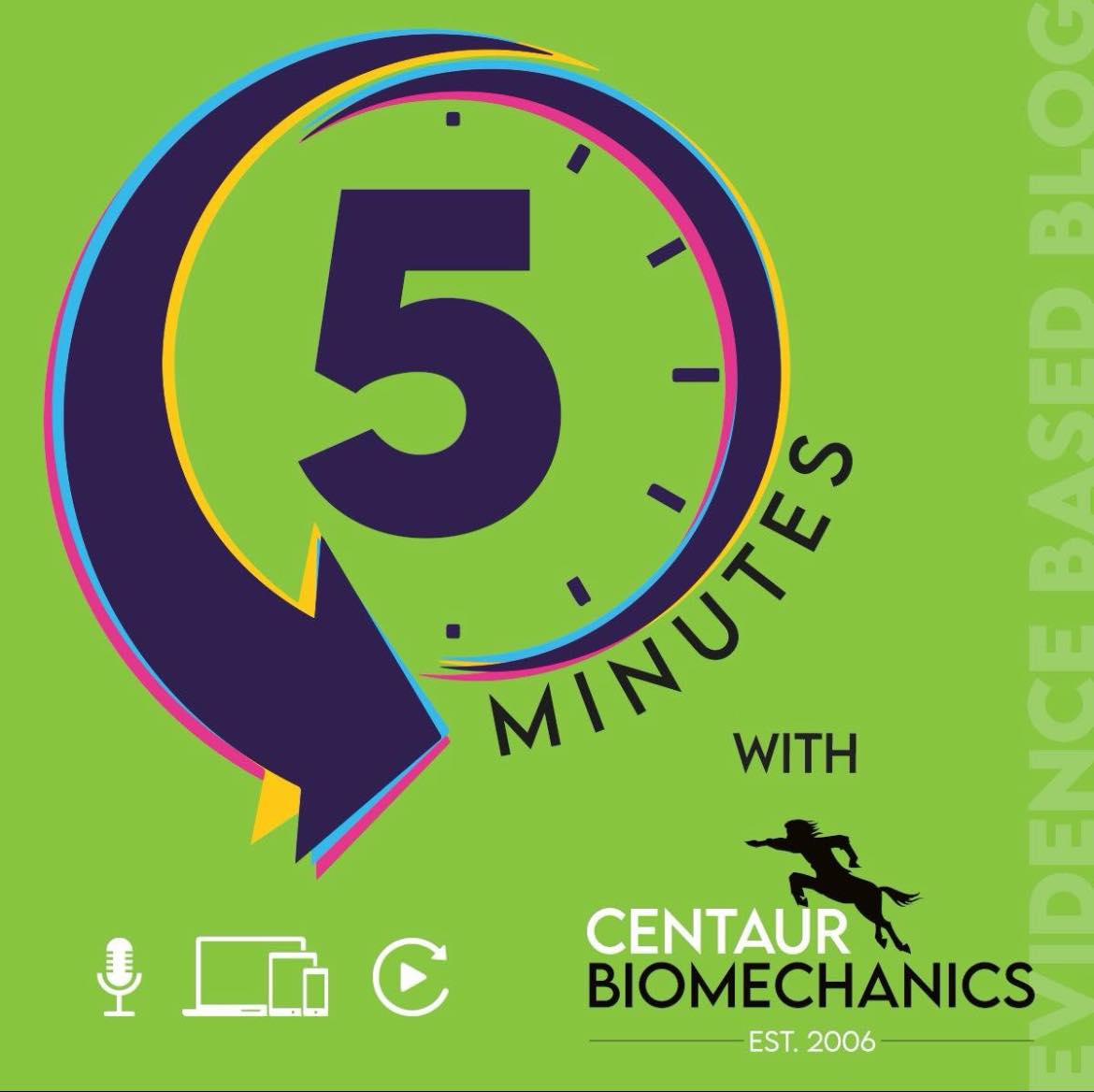
What do you do when you buy a pair of shoes? You select the shoes of choice, try them on and then have a little walk around in them to see how they feel and fit. You wouldn’t purchase a pair of shoes without trying them on and walking in them first. We should afford the same level of detail to our horse’s saddle fit when purchasing a new saddle, or having an existing saddle refitted.
“One of my concerns is that there is a belief that you can fit a saddle statically (without riding), and from an evidence-based perspective, that doesn’t make any sense,” says Russell MacKechnie-Guire. “A saddle that looks in balance statically can behave very differently when it is girthed up, has the weight of a rider and the movement of the horse underneath it. Riders need to ensure that they are present/able to ride for a saddle fitting assessment as riders can’t expect their saddle fitter to make an informed, reliable decision based on the horse stood in the stable.
“We know that lateral saddle slip occurs during motion, particularly in walk and canter and only on one rein and there is no way you can get that level of information from just looking at the saddle on the horse in the stable.”
Russell advises that if you’re having a saddle fit done and the saddle fitter doesn’t request that you are seen ridden in the saddle, you should go as far as terminating that assessment; “it is not acceptable to be able to determine the fit of a saddle without seeing it being ridden in and tested under the conditions in which it is going to be used,” he adds. “So, that should be walk, trot and canter on both reins including circles in a dressage saddle and similarly in a jump saddle but with the added bit of actually jumping in the saddle too. The saddle fitter should stand in the middle of the arena to see the side, front-to-back balance and then in the corner on the long side to see the left-to-right balance. I would advise saddle fitters to use smart phone technology to reinforce what they are seeing providing they conform to GDPR with videos.”
There are rare occasions when you can’t ride the horse during a saddle fitting such as if a horse is recovering from injury that prevents it from being ridden, and if the horse is young and unbacked, but otherwise, every saddle-fitting should include a ridden assessment. Owners need to be mindful of this and challenge the saddle fitter if they say they don’t need to see you ride in it.
“Good saddle fitters should automatically ask you to ride in your saddle, and if they don’t it should be a red flag,” says Russell. “You are paying a reasonable amount of money for a saddle and for the fitting, so you want to know that you are getting a thorough assessment to ensure optimal back health. Given what we know with the affect that saddle fit, design and balance can have on the horse, we are incumbent to ensure that we employ the most detailed possible assessment to ensure the best chances of optimal back health with saddle fit.
“We really must work with our qualified saddle fitters in fitting saddles and avoid the temptation of buying online and fitting by a video or pictures or not at all because the hands-on skills that a qualified saddle fitter have are invaluable to ensuring and safeguarding the horse.”
We all have a duty to safeguard our horses and part of that duty comes discussions. Horse owners need to feel empowered that they can have that relationship with their team to ask that question.
“If your saddle fitter says they don’t need to see you ride in it and you feel uncomfortable demanding that they do, you could say that you want to check that the saddle is comfortable for you as a way out of a confrontational discussion,” advises Russell.
Historically, saddles have been fitted to a horse without a pad or numnah underneath, but thoughts on this have changed.
“It’s fine to see a saddle on the horse without a numnah as a baseline visual, but it’s also important to see it with the equipment that the rider will be using with the saddle because your numnah might have an extra layer of wool which may make the saddle fit differently,” says Russell. “A saddle should be fitted with the girth, pad and any other equipment that will be used. It’s a fit to perform test.”
If you’re having a brand-new saddle fitted, you will go through the same fitting procedure (as a refit) of a static and dynamic assessment, but after an eight to twelve week window to allow the flocking to ‘bed-down’, your saddle fitter should come back to reassess the fit and make any necessary adjustments